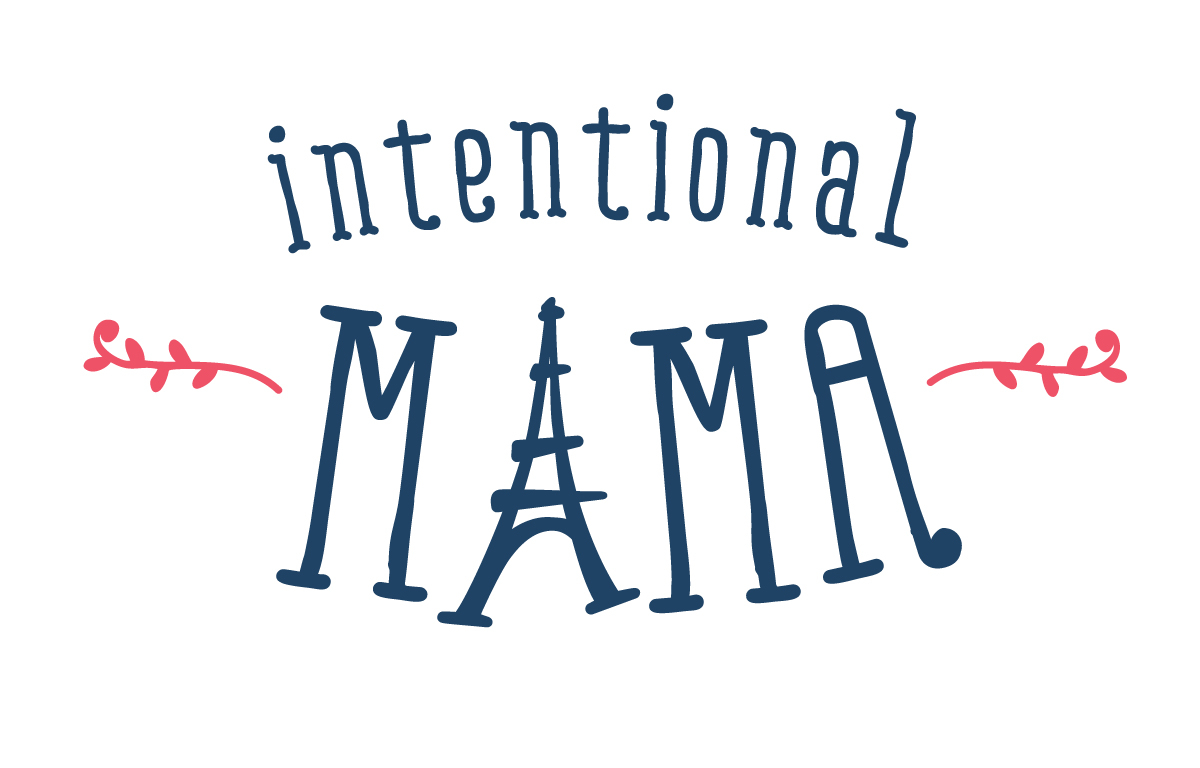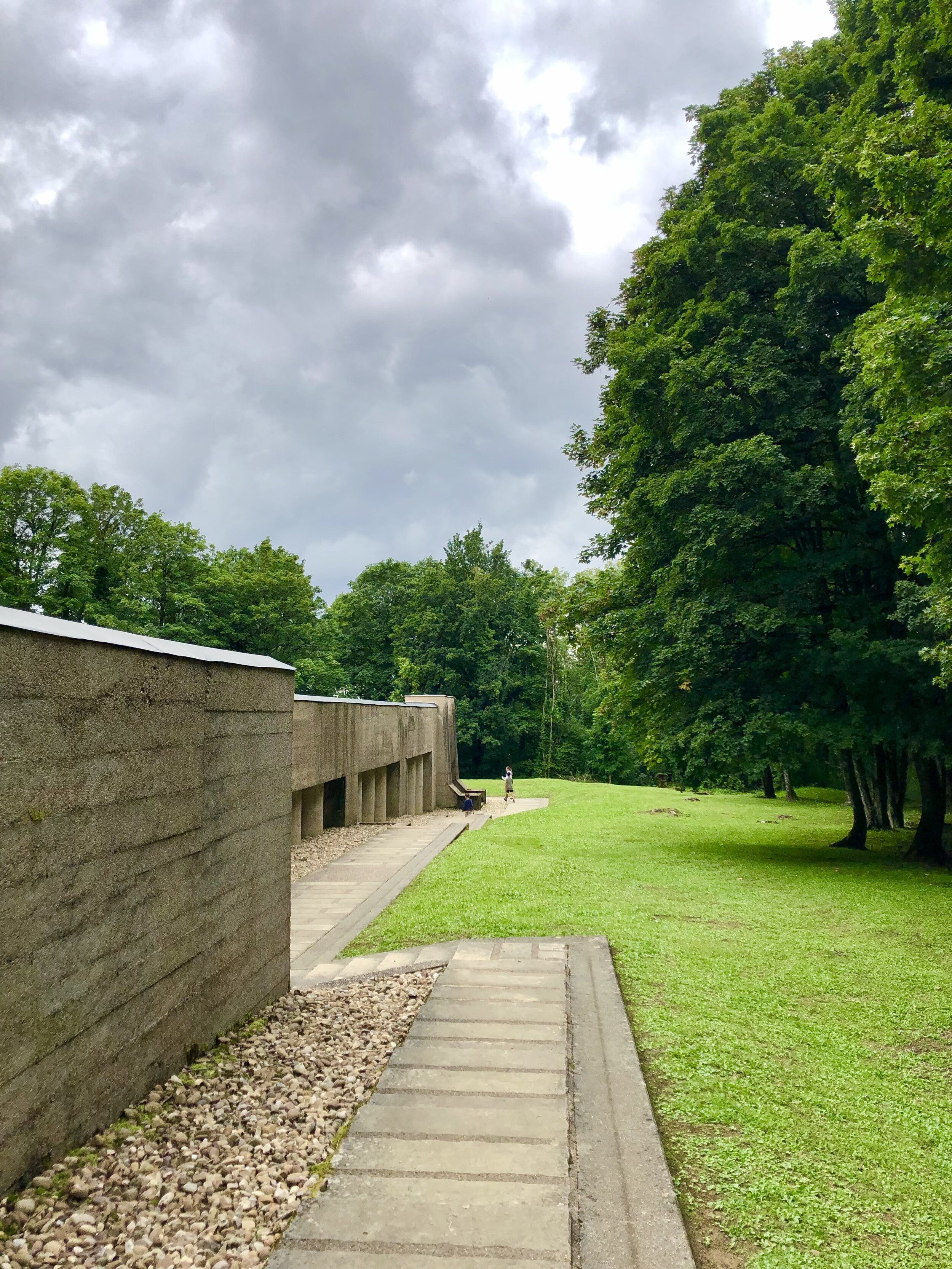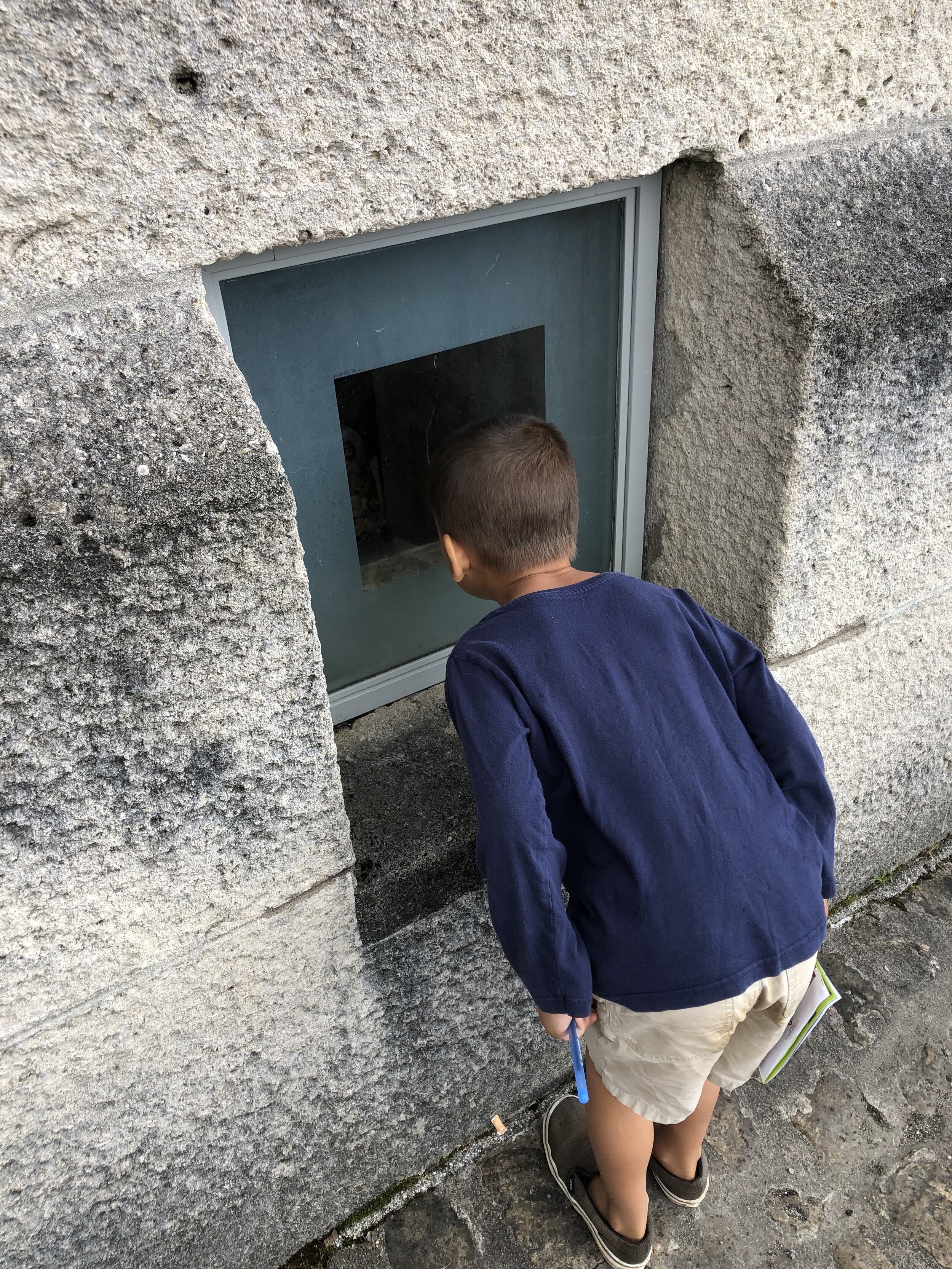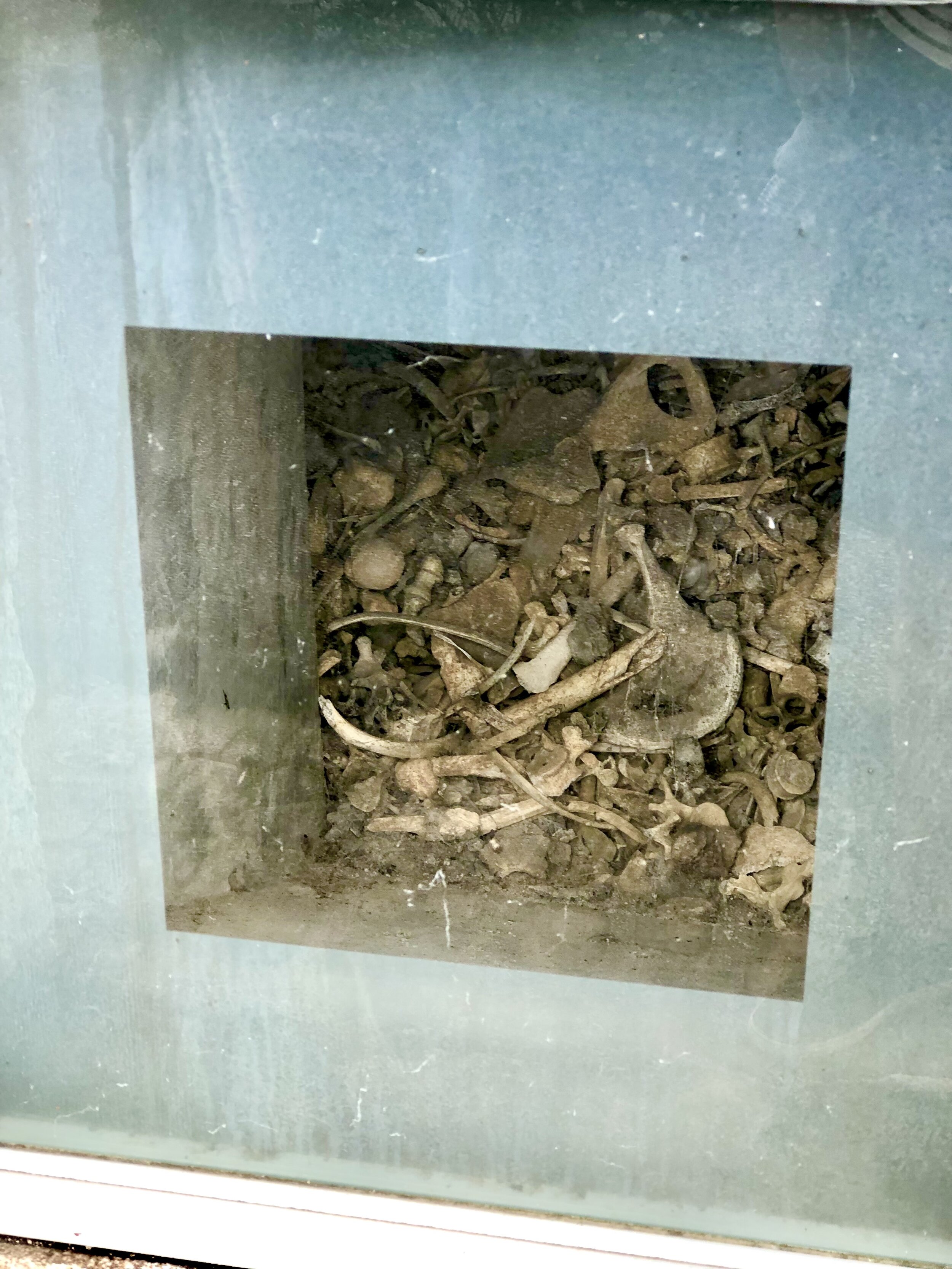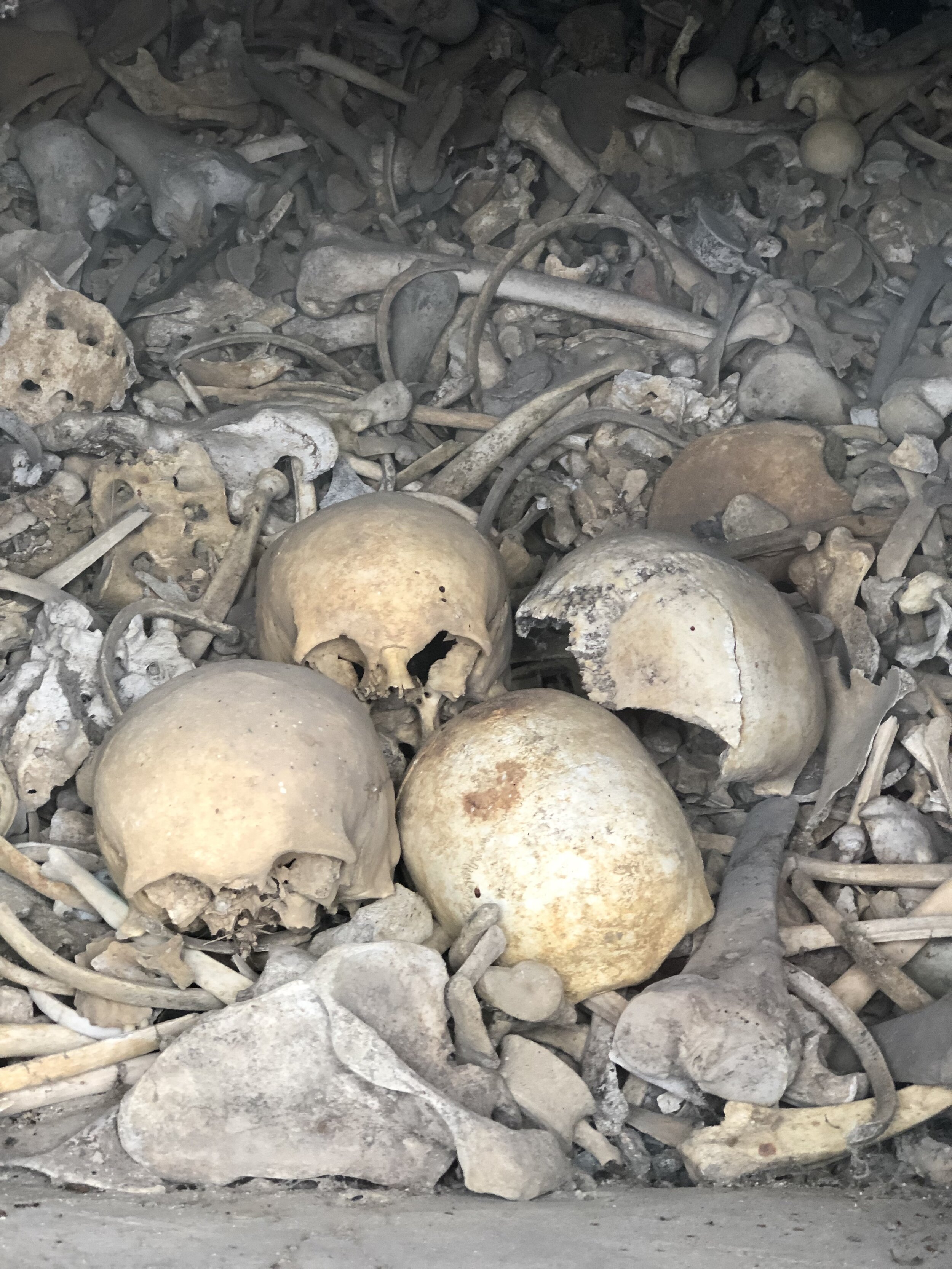This memorial is essentially a highly educational museum. The 5-minute introductory video explaining the background of the First World War was excellent--my husband would love a copy of it to share with his Modern World History classes. Our children were interested by the sensory aspects of the displays, such as the fake mud, the loud soundtrack of airplane engines besides aerially hung planes, and the memorabilia such as uniforms, medals, food tins, field telephones, and photographs. I appreciated reading about the letters men wrote home (“I cannot find words to translate my impressions. Hell cannot be so terrible. Men are mad!”) and about the service animals who were lauded by the soldiers. (Pre-visit, I recommend children ages 8 and older watch the animated story of Sergeant Stubby: An American Hero. It tells the true tale of a bull terrier who helped the American soldiers at Verdun, particularly by warning of impending gas attacks and sniffing out an infiltrator.) Other notable service animals of World War I include carrier pigeons (such as Cher Ami), and donkeys who persisted in transporting supplies even after sustaining serious injuries.
The Verdun Monument to Victory and to the Soldiers of Verdun
Our final stop was a return to modern Verdun, now a thriving little city of 18,000 people, in order to see the Verdun Monument to Victory inaugurated in 1929. The monument consists of a tall and wide staircase leading to a crypt, inside which is printed the names of the French soldiers who were honored with a Verdun medal. Looming over this is the statue of a hundred-foot tall warrior resting on the hilt of a downward-facing sword. The statue is iconic and intimidating, but also beautiful in the angular art nouveau style of the time.
